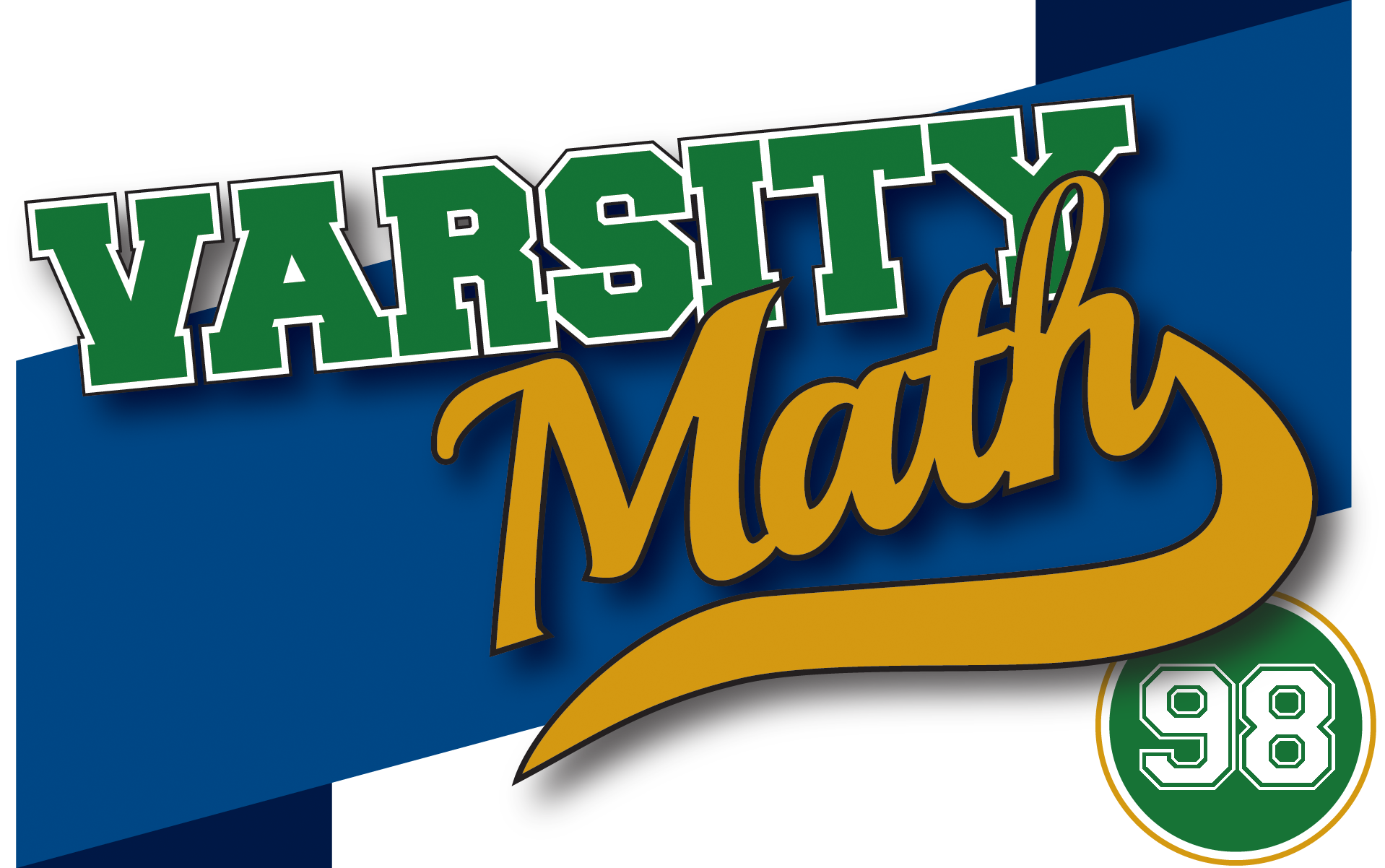
________________
________________

Upsetting Tournament
In a round-robin tournament in a two-player sport, each player competes against every other player exactly once. Once the tournament is done, any game of the tournament in which a player with a better win/loss record (in that tournament) lost to a player with a worse win-loss record is called an “upset.”
What’s the fewest players in a round-robin tournament that make it possible for there to be more upsets than players?
Calm Playoff
In a particular round-robin tournament, there are no upsets and no undefeated players and not even any players with only a single defeat. However, the best win-loss record is shared by multiple players, so all of the players with that record go on to a playoff to determine the overall winner.
What is the minimum possible number of players in the playoff?
| Spread the word: | Tweet |
Solutions to week 97
Passing Fancy. First, note that the answer must be the same as if the freight train were standing still and the passenger train were going 90 miles an hour (the relative speed of the two trains). Also, the engine of the passenger train must go 1.25 miles to get from the beginning to the end of the freight train, and then it has to go another 0.25 miles for its last car to clear the end of the freight train, for a total of 1.5 miles. A train going 90 miles an hour takes 1.5/90 = 1/60 of an hour or one minute to go 1.5 miles.
My Sort of Train. Actually, you can rearrange the cars of a train arbitrarily with just a single (long enough) siding, i.e., two parallel tracks in all. To see this, just put cars on the main track until you’ve just put the car you want first, then put all the rest of the cars onto the siding. Then reconnect the desired first car to the engine. Transfer any cars in front of the desired second car to the other track, and then connect the second car. Continue in this fashion until all the cars are in the desired order. (Note this solution assumes you can both push and pull cars all the way up to 12 cars behind the engine. If that’s not the case, for example, if you can push at most one car, or if you can’t push cars at all, only pull them, then you may need some additional track. If you pick a rule for pushing cars that seems reasonable to you, see if you can work out exactly what track you need to sort cars with that rule.)
Recent Weeks
Week 97: Passing Fancy & My Sort of Training, solutions to Fair Share & Share and Share A-Different
Week 96: Fair Share & Share and Share A-Different, solutions to Proper Place & Earliest Bird
Week 95: Proper Place & Earliest Bird, solutions to Penny Race & Quirky Quads
Week 94: Penny Race & Quirky Quads, solutions to Great 48 & Southern Circuit
Week 93: Great 48 & Southern Circuit, solutions to Sort of Hanoi-ing & Amphibian Marathon
Links to all of the puzzles and solutions are on the Complete Varsity Math page.
Come back next week for answers and more puzzles.



